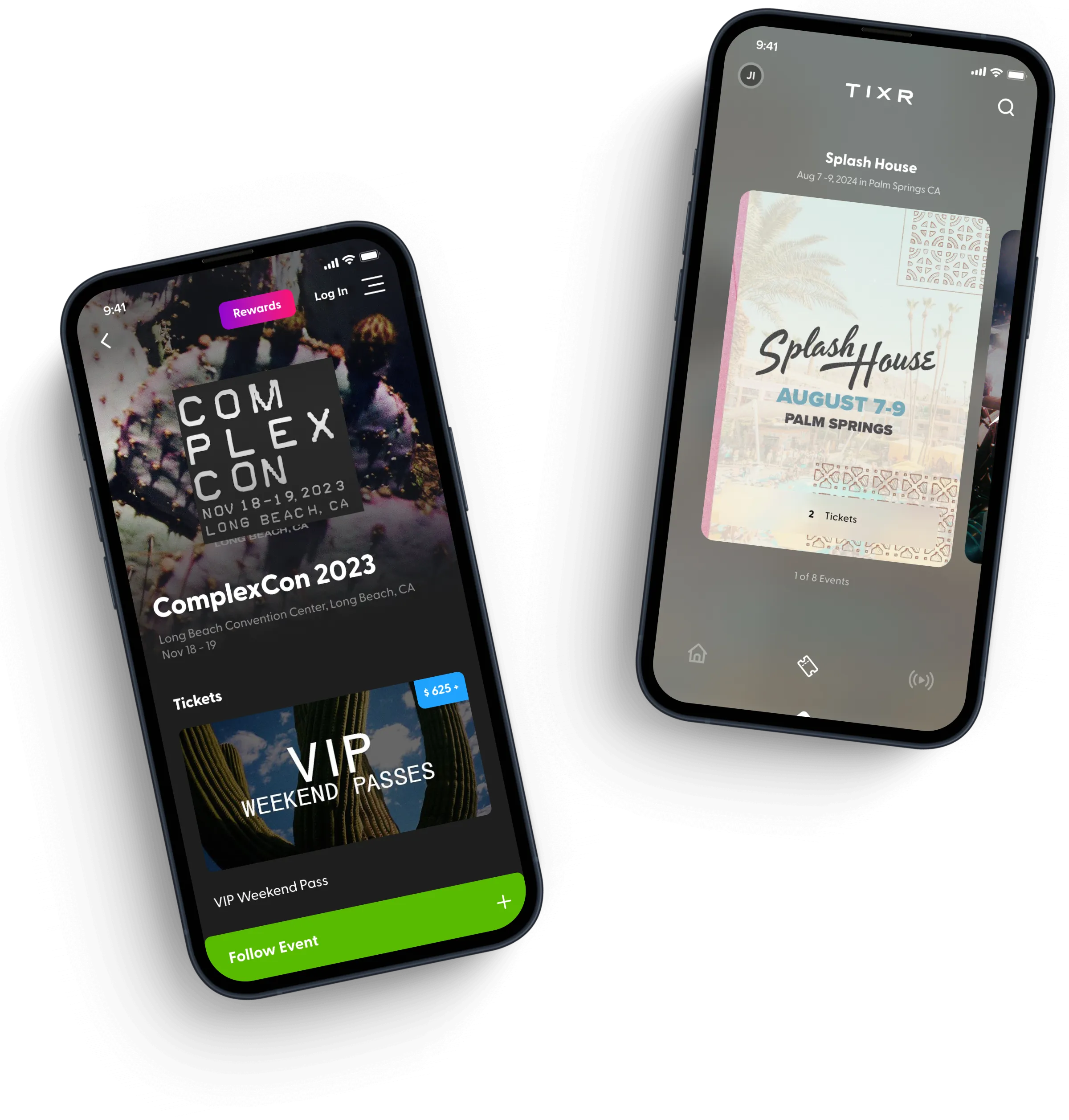
Embracing a Cookieless Future: The Next Chapter in Live Events Marketing (Part 1)
As Google prepares to deprecate third-party cookies, we’ve summarized what digital marketers need to know and start thinking about now.
Over the last decade, mastering the nuances of marketing pixels and cookies has been crucial for live event marketers aiming for success. These small snippets of code, acting as the nerve endings, veins, and arteries of the digital realm, have been instrumental in capturing and linking information across browsers, websites, and ad platforms. Nevertheless, with increasing scrutiny around data privacy, the digital marketing landscape is on the brink of a major shift — towards a cookieless future.
Before diving into what a “cookieless future” even means and why you should care, here’s a quick refresher on what exactly marketing pixels and cookies are, the purpose they serve, and how they work hand-in-hand.
Cookie tracking 101
Think of a marketing pixel as a tiny spy you might place on your Tixr event page (on our domain). That cookie takes notice of what a visitor’s interested in and the actions they take, then captures that data and reports back to a server, like an ads platform.
Cookies are like a journal that captures data and stores it in the user’s web browser. The difference between first-party and third-party cookies is who creates them and how they’re used. For example, we create first-party cookies on our domain, Tixr.com, to collect web analytics, monitor site performance, and perform other useful functions to enhance a purchaser’s experience. You (as the event organizer) drop third-party cookies on our site to serve relevant ads, track cross-domain activity, and retarget potential purchasers.
While a first-party cookie is limited to tracking a single web browser, a third-party cookie can track information across multiple browsers. Here’s a retargeting example to illustrate how this works:
- A potential ticket purchaser visits your Tixr event page and clicks around to explore options. Your Meta pixel tracks information about that user’s activity and passes it back to Meta.
- The fan needs more time to consider purchasing a ticket, so they navigate away from Tixr and continue with browsing.
- Meanwhile, the activated Meta pixel logs their activity via a third-party cookie placed in their browser and adds their information to Meta’s audience pool of interested prospects. They now fit the criteria to be retargeted with an ad for your event.
- Subsequently, when that potential ticket purchaser navigates to their Facebook feed later on, an ad for your event appears and guides them back to your Tixr event page.
The rise and fall of third-party cookies
Marketing pixels, once the unseen heroes of the internet, have historically provided deep insights into user behavior, enabling precise targeting and sophisticated analytics. They’ve evolved from simple engagement trackers to essential elements of digital marketing strategies, enhancing conversion measurement, attribution models, and more.
Yet, change is imminent. Public outcry and government regulations around enhanced user privacy have led us to this point, culminating with Google's announcement to phase out support for third-party cookies from its Chrome browser this year.
While Google's journey to a cookieless Chrome began back in February 2020, with an original deadline set for 2022, concerns from both advertisers and privacy advocates pushed the timeline out to 2024. In January, Chrome began deprecating third-party cookies for 1% of its users, and word on the street is they’ll be eliminated entirely by Q3.
Google’s decision, mirroring earlier actions by Mozilla's Firefox and Apple's Safari, marks a seismic shift for marketers accustomed to using third-party cookies for targeting and personalization.
With the complete phase-out of third-party cookies, marketing pixels will be severely impaired, leading to the breakdown of the marketing machine as we know it.
Industry concerns and potential paths forward
As expected, there’s a lot of worry and concern among the digital marketing and advertising industry due to the gravity of this end date, the inadequacy of current alternatives, and all the unknowns surrounding new solutions and new tracking methods in development.
One bright spot is Google's Privacy Sandbox initiative, claiming to introduce alternative tracking methods that prioritize user privacy without compromising marketing efficacy. APIs will be a large component of this solution, specifically Google’s Topics API which will allow browsers to identify user interests without tracking specific site visits, offering a balance between advertiser needs and user privacy concerns.
Nevertheless, critics argue that new and existing solutions may not fully support existing ad tech practices, potentially driving advertisers toward the “walled gardens” of first-party data owned by Google and Amazon. Ongoing investigations by regulatory bodies, such as the UK's Competition and Markets Authority, highlight many of these concerns.
Despite uncertainties, the shift away from third-party cookies is inevitable, ushering in a new phase of digital marketing that prioritizes transparency and privacy.
In part 2, we'll explore innovative data practices and strategies for our industry to navigate this shift, ensuring that live events marketing remains impactful in a cookieless world. Stay tuned!


